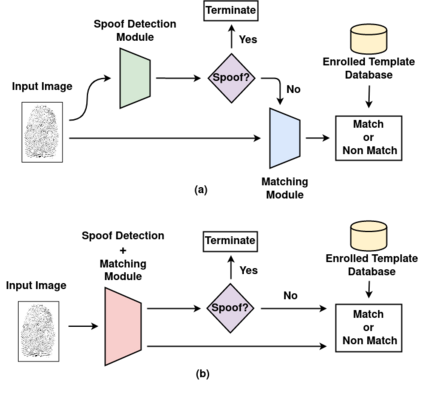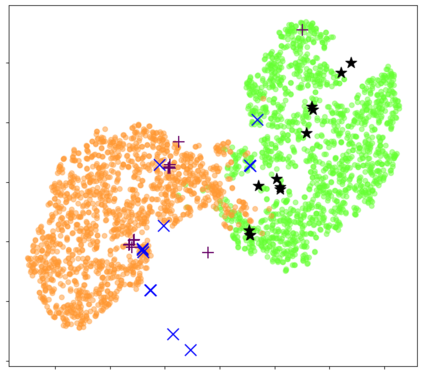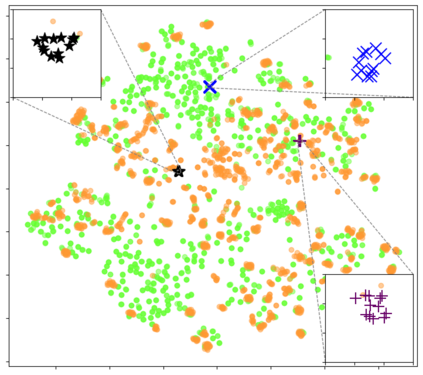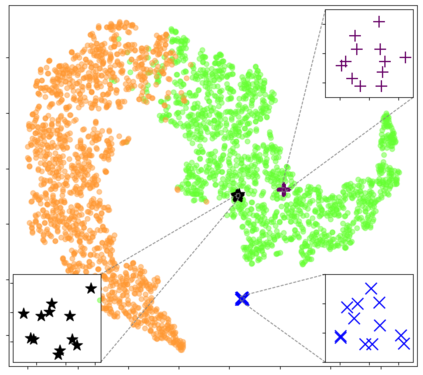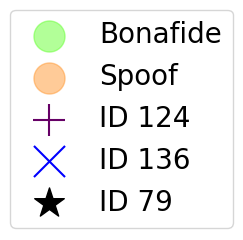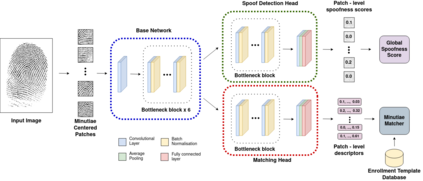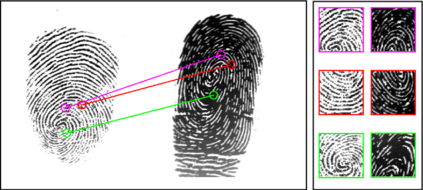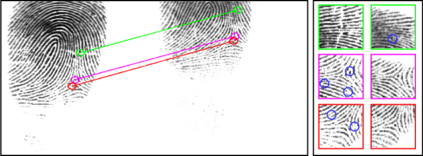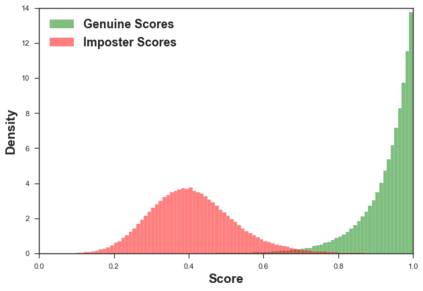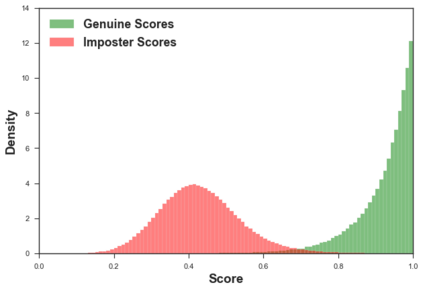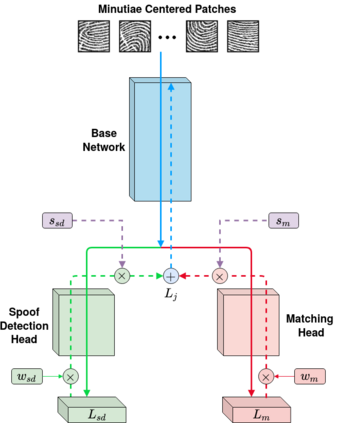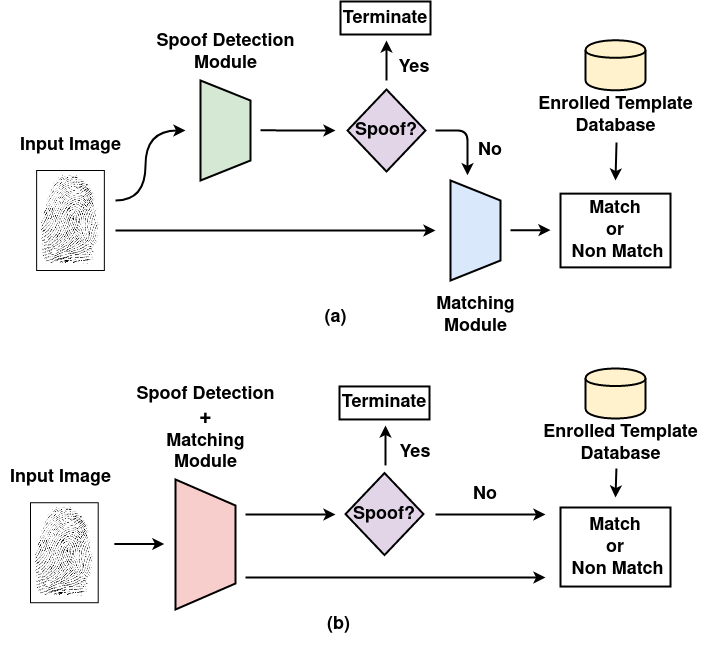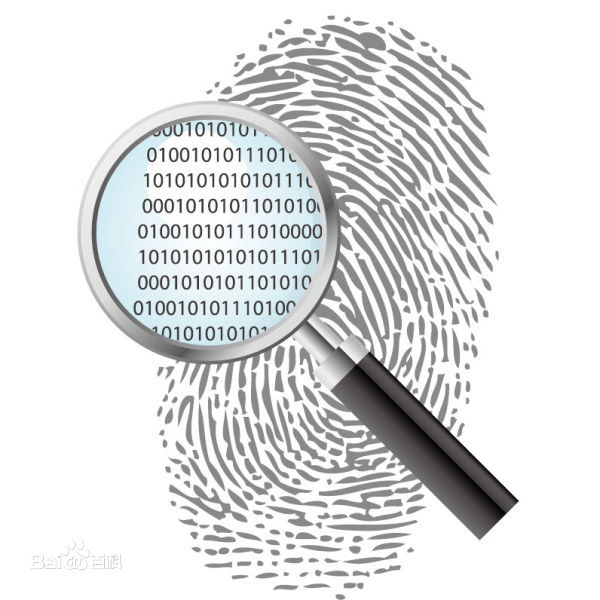Typical fingerprint recognition systems are comprised of a spoof detection module and a subsequent recognition module, running one after the other. In this paper, we reformulate the workings of a typical fingerprint recognition system. In particular, we posit that both spoof detection and fingerprint recognition are correlated tasks. Therefore, rather than performing the two tasks separately, we propose a joint model for spoof detection and matching to simultaneously perform both tasks without compromising the accuracy of either task. We demonstrate the capability of our joint model to obtain an authentication accuracy (1:1 matching) of TAR = 100% @ FAR = 0.1% on the FVC 2006 DB2A dataset while achieving a spoof detection ACE of 1.44% on the LiveDet 2015 dataset, both maintaining the performance of stand-alone methods. In practice, this reduces the time and memory requirements of the fingerprint recognition system by 50% and 40%, respectively; a significant advantage for recognition systems running on resource-constrained devices and communication channels. The project page for our work is available at https://www.bit.ly/ijcb2021-unified .
翻译:典型的指纹识别系统由一个假检测模块和随后的识别模块组成,一个又一个。在本文中,我们重新定义典型指纹识别系统的运行方式。特别是,我们假定,假检测和指纹识别都是相关的任务。因此,我们不单独执行这两项任务,而是提议一个假检测和匹配的联合模式,以同时执行两项任务,同时不影响任一任务的准确性。我们展示了我们联合模型的能力,以获得TAR=100%的认证准确度(1:1匹配)的TAR=100%@FAR=FC 2006 DB2A数据集的0.1%,同时在LiveDet 2015数据集中实现1.44%的假检测ACE,同时保持独立方法的性能。在实践中,这将将指纹识别系统的时间和记忆要求分别减少50%和40%;在资源受限制的装置和通信频道上运行的识别系统有很大优势。我们工作的项目网页见https://www.bit.ly/ijc2021-unificed。

